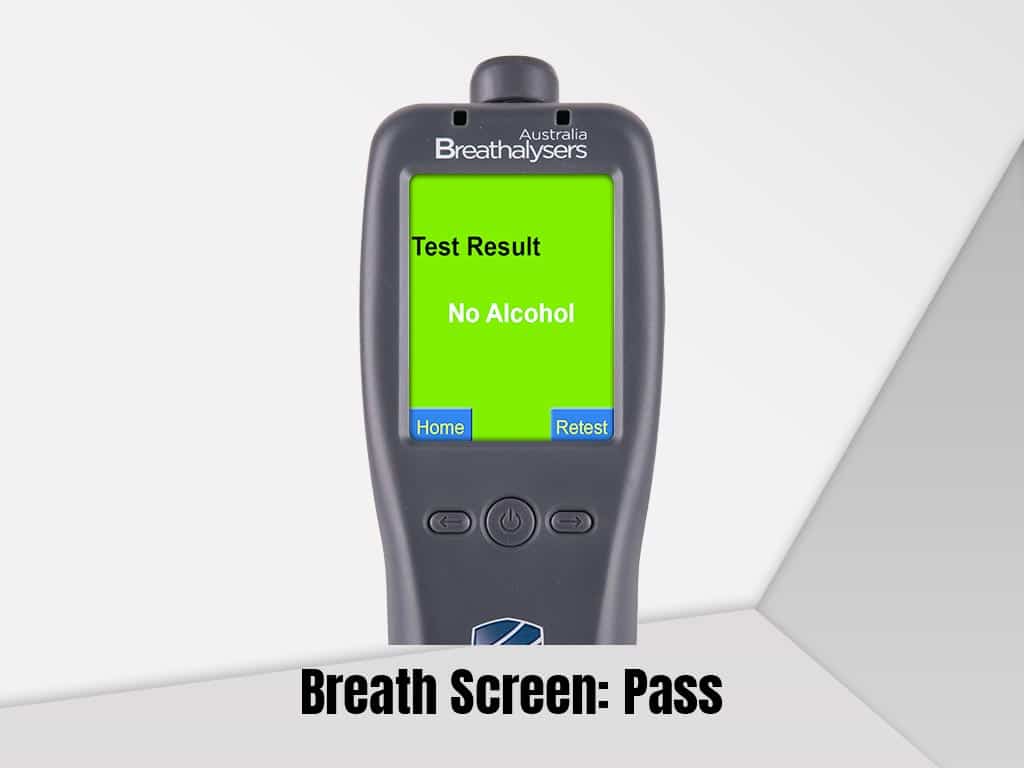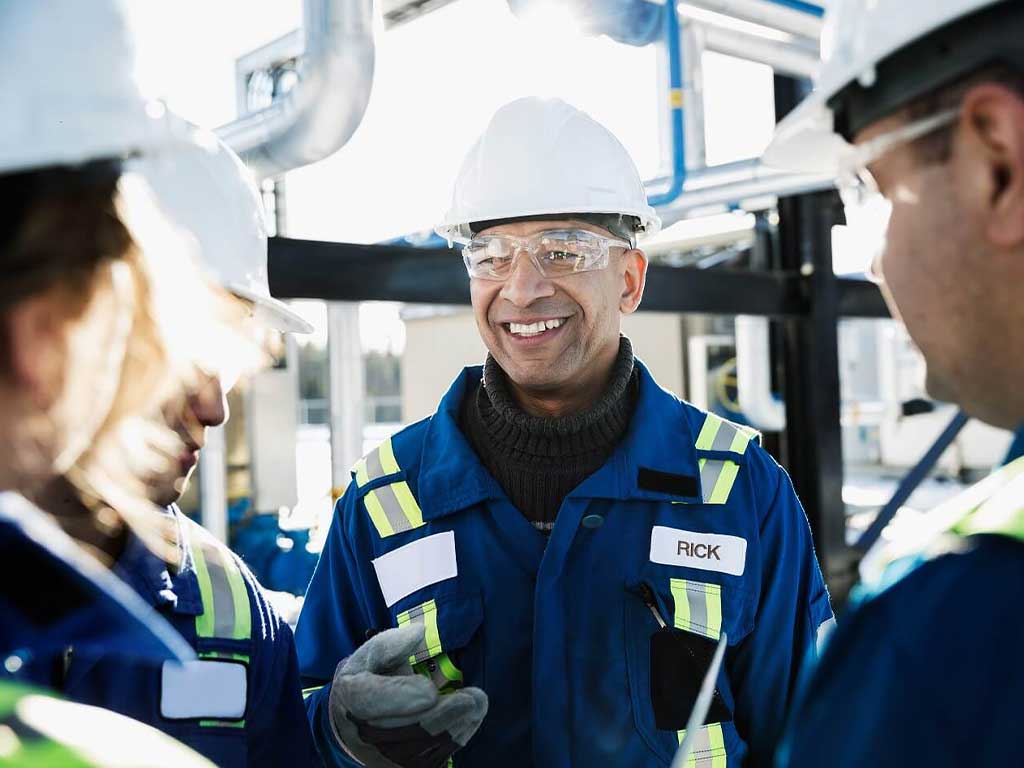Onsite Drug and Alcohol Testing Benefits
24 July, 2023
Alcohol and drug abuse have a negative impact on the workplace. As a result, organisations set up workplace testing programs to reduce occupational dangers. Conducting onsite drug and alcohol testing to monitor employees’ intoxication or substance usage is one of the preventive measures. This testing offers several benefits. These include reduced injury rates, optimal work performance, and efficient resource management. Employers might use a variety of techniques, such as breath, urine, or saliva tests at the workplace.
The use of alcohol and illegal drugs can seriously harm the nervous system. The ability to move, think, and sense can be impacted, especially at high doses. For example, high alcohol levels result in blurred vision, slurred speech, delayed reflexes, awkward movements, and an unsteady balance. As a result, working with or operating large machinery carries risks. This article will present the benefits of onsite testing and the methods used.
Importance of Onsite Drug and Alcohol Testing
Workplace injuries can arise as a result of unexpected events such as stumbles and falls. The use of alcohol and drugs increases the likelihood of unfortunate occurrences. Furthermore, substance abuse reduces productivity by causing poor work performance. However, without a monitoring or preventative program, safety hazards will persist. Onsite drug and alcohol testing can assist businesses in quickly identifying and managing these risks.
Because of the hazardous nature of the work, industries such as mining, transportation, and construction have a zero-tolerance policy for drugs and alcohol. Employees in these positions must be clean and sober at all times. Furthermore, workplace policies enable companies to control occupational hazards effectively. It includes establishing safety measures and conducting consistent testing to discourage substance abuse.
High-risk industries have strict rules against drug and alcohol use. This is because these jobs involve a high level of risk, and safety is crucial. Therefore, employees in these roles must remain free from drugs and alcohol at all times. Employers have established policies to handle occupational hazards efficiently. These policies include creating safety protocols and conducting regular testing to discourage substance use.
Workplace Drug and Alcohol Policy
Employees who work for a firm or business that has a thorough workplace drug and alcohol policy must:
- Avoid using or abusing drugs or alcohol while at work. Prescription drugs are exempt from this rule on a case-by-case basis.
- Ensure that drinking alcoholic beverages outside of work hours does not have a detrimental impact on their work quality the next day.
- Prohibit working while under the influence of illegal substances, especially in high-risk jobs.
- Accept and follow the employer or business’s drug and alcohol policy.
- Report any indicators of coworkers being under the influence of drugs or alcohol as soon as possible.

Benefits of Onsite Drug and Alcohol Testing
The basic objective of onsite drug and alcohol testing is to improve safety by decreasing dangers. It offers several benefits. For instance, onsite testing ensures that staff are not impaired when handling hazardous materials or equipment. Consequently, it will aid in the reduction of substance-related injuries. Onsite testing also enables employers to provide treatment or rehabilitation for those with substance-related issues.
Employers can avail of mobile laboratory services to conduct the test near the work site. Instead of employees going to a clinic, testing agencies set up a mobile facility to obtain and examine specimen samples. Therefore, onsite tests can give rapid results within minutes, allowing high-risk industries to determine if all employees are fit to work.
Furthermore, onsite testing saves businesses money and resources. It can test numerous persons at the same time and then return to work if there is no problem. As a result, it reduces downtime or productivity loss when employees visit clinics. Onsite screening is also less expensive and more convenient than laboratory services.
When to Conduct Onsite Testing
Onsite testing can be conducted in various situations depending on the company’s specific needs. Firstly, pre-employment tests are essential to screen potential employees and prevent the hiring of individuals with substance abuse issues. Secondly, random tests should be administered periodically to deter substance use and identify employees who may be struggling with addiction.
Thirdly, post-accident testing determines if substances played a role in workplace accidents. Lastly, employers implement reasonable suspicion testing when there is evidence indicating an employee’s impairment due to substance use. This testing safeguards the well-being of the individual and the entire workforce.

Methods of Onsite Drug and Alcohol Testing
Workplaces have the option to use different methods for onsite drug and alcohol testing. Most organisations utilise urine tests. These tests analyse the urine samples to identify illicit substances and alcohol in an individual’s system. Moreover, urine tests are effective in efficiently tracing the most commonly abused drugs.
On the other hand, breath testing is the standard and preferred method for alcohol screening. This method is both quick and reliable in monitoring employees’ Blood Alcohol Concentration (BAC) levels. Companies utilise a workplace breathalyser to measure BAC levels by analysing the breath sample. Employees simply blow through the device’s mouthpiece and wait for their BAC results.
Another option is the saliva test, which is a less invasive alternative to urine analysis. This method involves collecting an oral fluid sample by swabbing the inside of the mouth with an absorbent stick. However, a less commonly used procedure is the blood test, as it is expensive and intrusive. Nevertheless, it is necessary if the initial screening result requires further confirmation.
Workplace Breathalysers
A breathalyser plays a crucial role in ensuring the safety and well-being of employees by actively monitoring alcohol levels. Its main objective is to detect impairments caused by alcohol and prevent potential accidents. Industries that operate in high-risk environments can pose significant dangers when workers are under the influence of alcohol.
Companies have the option to utilise workplace breathalysers, such as SHIELD Express Identity, to assess their employees’ BAC levels. These devices use a fuel cell sensor, the industry standard for conducting alcohol breath tests. Moreover, workplace breathalysers are known for their high accuracy in detecting ethanol and do not react to other substances.
Conclusion
Onsite drug and alcohol testing offers several benefits aimed at improving safety and reducing risks in the workplace. It ensures that employees are not impaired when handling hazardous materials or operating equipment. Additionally, mobile laboratory services enable rapid testing near the work site. This reduces time and allows high-risk industries to determine employee fitness more efficiently. Furthermore, onsite testing saves businesses money and reduces productivity loss compared to clinic visits.
Workplaces utilise a range of options for onsite testing. They commonly employ urine tests to identify illicit substances and prefer breathalysers, like BACtrack, and SHIELD Express Identity, for alcohol screening. When urine samples are unavailable, employers can opt for the less invasive alternative of a mouth swab test. Although less frequently used, businesses may require a blood test for further confirmation. By implementing these methods, companies ensure a safer and healthier environment for their employees.































